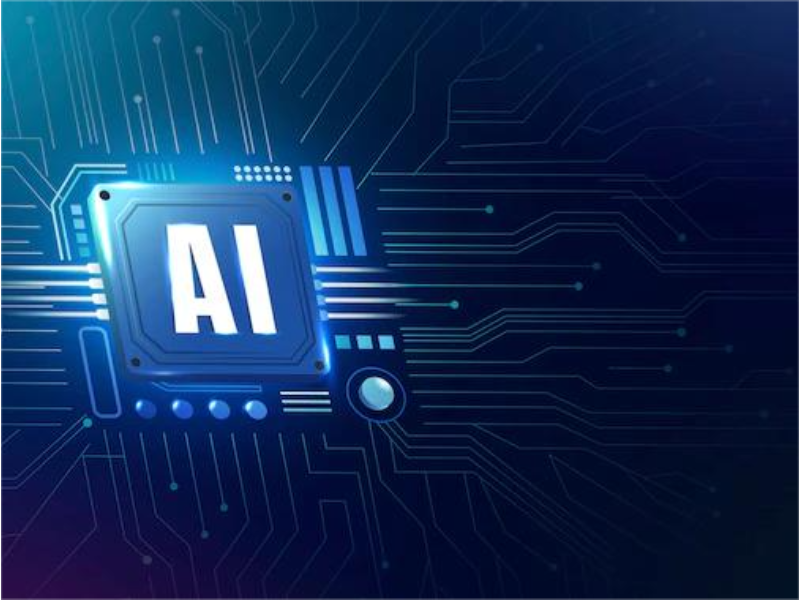- High pattern recognition refers to the ability to identify complex trends and patterns in data, mimicking human cognitive abilities
- It powers advancements in AI, healthcare, and business, enabling innovations like facial recognition, predictive analytics, and medical diagnostics
In our fast-evolving digital age, high pattern recognition has emerged as a critical concept across fields like artificial intelligence (AI), neuroscience, and business analytics. But what exactly is high pattern recognition, and why does it matter so much? This blog explores its definition, significance, and transformative impact on modern technology and decision-making.
Also read: Is speech recognition supervised or unsupervised?
Also read: Is speech recognition machine learning?
What is high pattern recognition?
High pattern recognition refers to the ability to identify, classify, and interpret complex patterns or trends within data. It mimics the human brain’s natural capability to recognize visual, auditory, or cognitive patterns but extends this power to computational systems. In simpler terms, it’s how humans or machines make sense of repetitive or organized information, whether spotting shapes in clouds, understanding language nuances, or detecting anomalies in financial data.
In technology, high pattern recognition is typically achieved through advanced algorithms and machine learning models, particularly deep learning. These systems analyze vast amounts of data, recognize patterns, and improve their accuracy over time.
Why does high pattern recognition matter?
The importance of high pattern recognition lies in its versatility and transformative potential. Here are a few reasons why it’s a game-changer:
1. Enabling advanced artificial intelligence
AI systems thrive on pattern recognition. For instance:
- Facial Recognition Technology: Identifying faces in photos or videos involves recognizing unique patterns in facial features.
- Natural Language Processing (NLP): AI-powered tools like ChatGPT analyze text patterns to understand and generate human-like responses.
- Autonomous Vehicles: Self-driving cars rely on recognizing road patterns, obstacles, and traffic signs to navigate safely.
Without high pattern recognition, these advancements would not be possible.

2. Boosting business insights
In business, high pattern recognition allows companies to uncover trends and opportunities hidden in data:
- Customer Behavior Analysis: Recognizing purchasing habits or preferences helps tailor personalized marketing strategies.
- Fraud Detection: Financial institutions use this capability to spot unusual transaction patterns that could indicate fraud.
- Predictive Analytics: Forecasting future trends or outcomes becomes more accurate with advanced pattern recognition.
By leveraging this ability, businesses can make informed decisions and stay ahead of competitors.
3. Advancing healthcare
High pattern recognition has revolutionized healthcare, enhancing diagnosis and treatment:
- Medical Imaging: AI systems identify abnormalities in X-rays, MRIs, or CT scans with remarkable precision.
- Disease Prediction: Algorithms analyze patient histories to predict diseases like diabetes or heart conditions before symptoms appear.
This not only improves patient outcomes but also streamlines medical processes.

4. Inspiring neuroscience and cognitive research
Understanding how humans recognize patterns sheds light on brain function and cognitive processes. Researchers study high pattern recognition to:
- Decode how memories are formed and retrieved.
- Explore learning disabilities and cognitive disorders.
- Enhance brain-computer interfaces (BCIs) for prosthetics and other applications.
The future of high pattern recognition
As technology evolves, the applications of high pattern recognition will continue to expand. Industries like cybersecurity, entertainment, and space exploration are already exploring its potential. For example, identifying phishing scams or detecting extraterrestrial life both depend on analyzing subtle patterns within data.
Moreover, the integration of 6G networks and AI infrastructure could amplify pattern recognition capabilities, enabling real-time decision-making at unprecedented scales.

